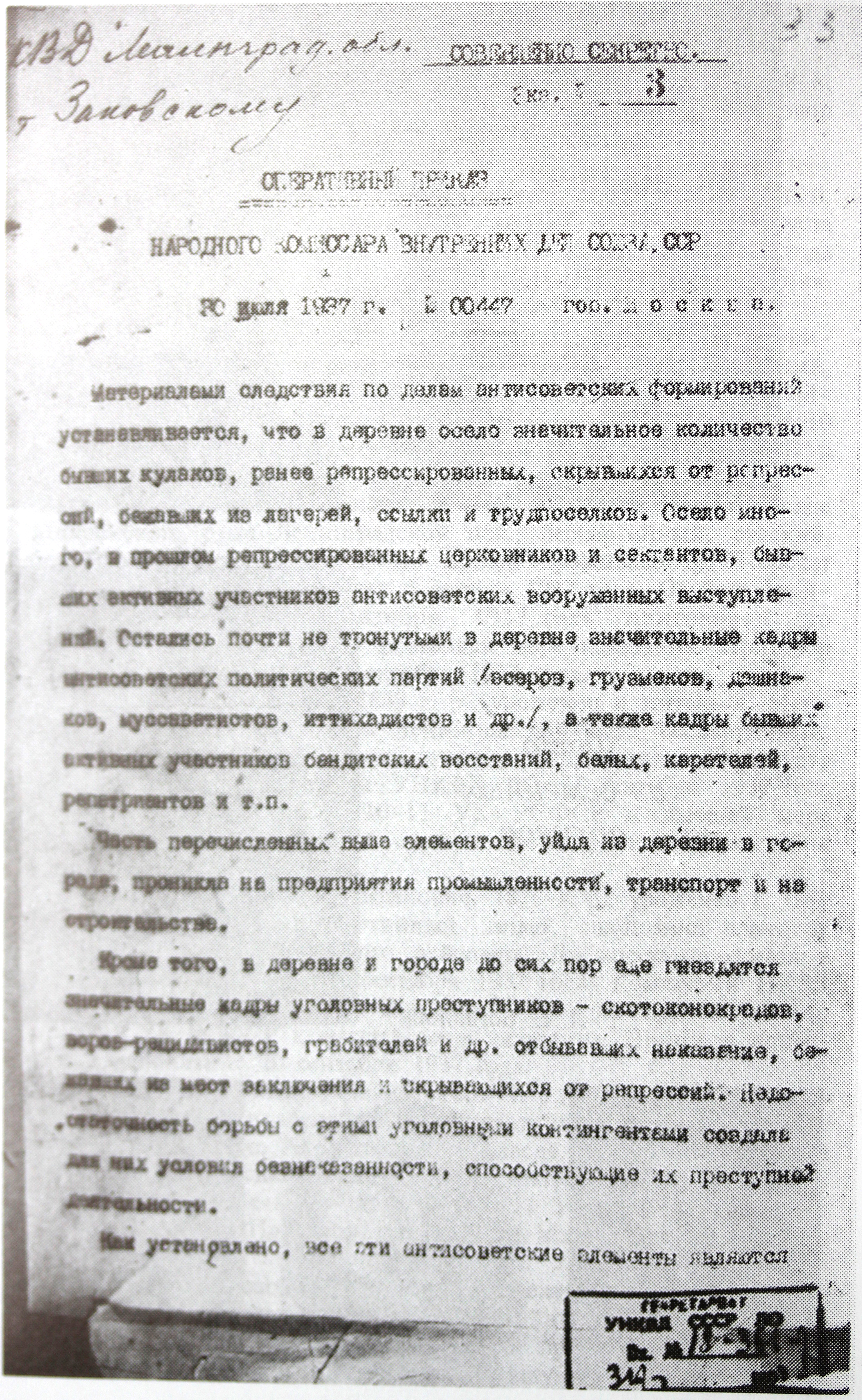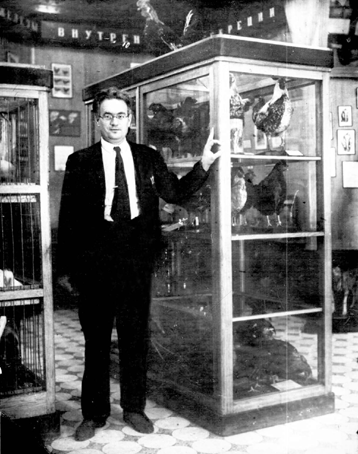|
Science At The Crossroads
Science at the Crossroads was an anthology of the contributions of the delegation from the Soviet Union which attended the Second International Congress of the History of Science. Joseph Needham provided a foreword. It was republished with a new foreword and introduction in 1971. Alfred Rupert Hall wrote a scathing review, claiming that it had little impact in the Soviet Union The Soviet Union,. officially the Union of Soviet Socialist Republics. (USSR),. was a transcontinental country that spanned much of Eurasia from 1922 to 1991. A flagship communist state, it was nominally a federal union of fifteen national ... and that most of the contributors careers led, rather, to the prison camp and the execution squad. Contents The 1971 edition included: References {{reflist Science books ... [...More Info...] [...Related Items...] OR: [Wikipedia] [Google] [Baidu] |
Soviet Union
The Soviet Union,. officially the Union of Soviet Socialist Republics. (USSR),. was a transcontinental country that spanned much of Eurasia from 1922 to 1991. A flagship communist state, it was nominally a federal union of fifteen national republics; in practice, both its government and its economy were highly centralized until its final years. It was a one-party state governed by the Communist Party of the Soviet Union, with the city of Moscow serving as its capital as well as that of its largest and most populous republic: the Russian SFSR. Other major cities included Leningrad (Russian SFSR), Kiev (Ukrainian SSR), Minsk ( Byelorussian SSR), Tashkent (Uzbek SSR), Alma-Ata (Kazakh SSR), and Novosibirsk (Russian SFSR). It was the largest country in the world, covering over and spanning eleven time zones. The country's roots lay in the October Revolution of 1917, when the Bolsheviks, under the leadership of Vladimir Lenin, overthrew the Russian Provisional Government ... [...More Info...] [...Related Items...] OR: [Wikipedia] [Google] [Baidu] |
Anti-cosmopolitan Campaign
The anti-cosmopolitan campaign (russian: Борьба с космополитизмом, ) was a thinly disguised antisemitic campaign in the Soviet Union which began in late 1948. Jews were characterized as rootless cosmopolitans and were targeted for persecution. Origins After World War II, the Jewish Anti-Fascist Committee (JAC) grew increasingly influential to the post-Holocaust Soviet Jewry, and was accepted as its representative in the West. As its activities sometimes contradicted official Soviet policies (see ''The Black Book of Soviet Jewry'' as an example), it became a nuisance to Soviet authorities. The Central Auditing Commission of the Communist Party of the Soviet Union concluded that instead of focusing its attention on the "struggle against forces of international reaction", the JAC continued the line of the Bund—a dangerous designation, since former Bund members were to be "purged". During a meeting with Soviet intelligentsia in 1946, Stalin voiced his con ... [...More Info...] [...Related Items...] OR: [Wikipedia] [Google] [Baidu] |
Second World War
World War II or the Second World War, often abbreviated as WWII or WW2, was a world war that lasted from 1939 to 1945. It involved the vast majority of the world's countries—including all of the great powers—forming two opposing military alliances: the Allies and the Axis powers. World War II was a total war that directly involved more than 100 million personnel from more than 30 countries. The major participants in the war threw their entire economic, industrial, and scientific capabilities behind the war effort, blurring the distinction between civilian and military resources. Aircraft played a major role in the conflict, enabling the strategic bombing of population centres and deploying the only two nuclear weapons ever used in war. World War II was by far the deadliest conflict in human history; it resulted in 70 to 85 million fatalities, mostly among civilians. Tens of millions died due to genocides (including the Holocaust), starvation, ma ... [...More Info...] [...Related Items...] OR: [Wikipedia] [Google] [Baidu] |
Czechoslovakia
, rue, Чеськословеньско, , yi, טשעכאסלאוואקיי, , common_name = Czechoslovakia , life_span = 1918–19391945–1992 , p1 = Austria-Hungary , image_p1 = , s1 = Czech Republic , flag_s1 = Flag of the Czech Republic.svg , s2 = Slovakia , flag_s2 = Flag of Slovakia.svg , image_flag = Flag of Czechoslovakia.svg , flag = Flag of Czechoslovakia , flag_type = Flag(1920–1992) , flag_border = Flag of Czechoslovakia , image_coat = Middle coat of arms of Czechoslovakia.svg , symbol_type = Middle coat of arms(1918–1938 and 1945–1961) , image_map = Czechoslovakia location map.svg , image_map_caption = Czechoslovakia during the interwar period and the Cold War , national_motto = , anthems = ... [...More Info...] [...Related Items...] OR: [Wikipedia] [Google] [Baidu] |
Great Purge
The Great Purge or the Great Terror (russian: Большой террор), also known as the Year of '37 (russian: 37-й год, translit=Tridtsat sedmoi god, label=none) and the Yezhovshchina ('period of Nikolay Yezhov, Yezhov'), was General Secretary of the Communist Party of the Soviet Union, Soviet General Secretary Joseph Stalin's campaign to solidify his power over the party and the state; the Purge, purges were also designed to remove the remaining influence of Leon Trotsky as well as other prominent political rivals within the party. It occurred from August 1936 to March 1938. Following the Death and state funeral of Vladimir Lenin, death of Vladimir Lenin in 1924 a power vacuum opened in the Communist Party of the Soviet Union, Communist Party. Various established figures in Lenin's government attempted to succeed him. Joseph Stalin, the party's General Secretary, outmaneuvered political opponents and ultimately gained control of the Communist Party by 1928. Initially ... [...More Info...] [...Related Items...] OR: [Wikipedia] [Google] [Baidu] |
Nikolai Luzin
Nikolai Nikolaevich Luzin (also spelled Lusin; rus, Никола́й Никола́евич Лу́зин, p=nʲɪkɐˈlaj nʲɪkɐˈlaɪvʲɪtɕ ˈluzʲɪn, a=Ru-Nikilai Nikilayevich Luzin.ogg; 9 December 1883 – 28 January 1950) was a Soviet/Russian mathematician known for his work in descriptive set theory and aspects of mathematical analysis with strong connections to point-set topology. He was the eponym of Luzitania, a loose group of young Moscow mathematicians of the first half of the 1920s. They adopted his set-theoretic orientation, and went on to apply it in other areas of mathematics. Life He started studying mathematics in 1901 at Moscow State University, where his advisor was Dimitri Egorov. He graduated in 1905. Luzin underwent great personal turmoil in the years 1905 and 1906, when his materialistic worldview had collapsed and he found himself close to suicide. In 1906 he wrote to Pavel Florensky, a former fellow mathematics student who was now studying theology: ... [...More Info...] [...Related Items...] OR: [Wikipedia] [Google] [Baidu] |
Ernst Kolman
Ernst Kolman or Arnošt Yaromirovich Kolman (russian: Арношт Яромирович Кольман); 6 December 1892 – 22 January 1979) was a Marxist philosopher, who renounced his former activities as an ideological enforcer in Soviet science. At the age of 84 he sought asylum in Sweden and published a retraction of his previous activity. Biography He was born in Prague to a Jewish family and studied at Charles University. During World War I he fought in the Austro-Hungarian army and was taken prisoner by the Russian forces. After the Russian Revolution he joined the Bolshevik party and worked as a party functionary in the Red Army and the Communist International. In 1923 Kolman was assigned to the party apparatus in Moscow, where he quickly assumed the role of ideological watchdog in scientific community. He became deputy head of the Moscow Party Science Department in 1936. In 1930 Dmitri Egorov, the president of Moscow Mathematical Society was arrested by Soviet secre ... [...More Info...] [...Related Items...] OR: [Wikipedia] [Google] [Baidu] |
Lysenko
Lysenko ( uk, Лисенко; russian: Лысенко; be, Лысенка Lysienka) or Lisenko is a Ukrainian surname. It most often refers to: * Mykola Lysenko (1842–1912), Ukrainian composer, after whom the Lysenko music school and Lysenko State Conservatory are named. * Trofim Lysenko (1898–1976), Soviet agronomist, politician and scientist, after whom the term Lysenkoism was named. Other notable people with this surname include: Sports * Alla Lysenko (born 1969), Ukrainian Paralympic rower * Anastasiya Lysenko (born 1995), Ukrainian weightlifter * Anna Lysenko (born 1991), Ukrainian boxer *Dmytro Lysenko (born 1981), Ukrainian diver *Lyudmila Lysenko (biathlete) (born 1973), Belarusian biathlete *Ruslan Lysenko (born 1976), Ukrainian biathlete *Tatiana Lysenko (born 1975), Soviet and Ukrainian gymnast *Tatyana Lysenko (born 1983), Russian hammer thrower Football * Oleksandr Lysenko (born 1956), Soviet-Ukrainian footballer *Sergei Lysenko (footballer, born 1972), Rus ... [...More Info...] [...Related Items...] OR: [Wikipedia] [Google] [Baidu] |
Boris Zavadovsky
Boris Mikhailovich Zavadovsky (Russian: Борис Михайлович Завадовский; 13 January 1895, Elisavetgrad – 31 March 1951, Moscow) was a Russian Soviet physiologist and who founded the in 1922. He is noted for his pioneering research into the function of the thyroid gland. He also studied the effects of sex hormones on the body. He developed a Marxist approach to museology which he described inMarxist Exhibition Methods for Natural Science Museums (1931) which he presented at the First All-Russian Museum Congress held in Moscow in 1930. He also attended the Second International Congress of the History of Science as part of the Soviet delegation contributingThe "Physical" and "Biological" in the Process of Organic Evolution" to the anthology of their contributions '' Science at the Crossroads''. At the time he was one of two non-party members of the delegation, but he joined the Communist Party in 1932. Although Zavadovsky considered himself a Marxist biolog ... [...More Info...] [...Related Items...] OR: [Wikipedia] [Google] [Baidu] |
Pugwash Conferences On Science And World Affairs
The Pugwash Conferences on Science and World Affairs is an international organization that brings together scholars and public figures to work toward reducing the danger of armed conflict and to seek solutions to global security threats. It was founded in 1957 by Joseph Rotblat and Bertrand Russell in Pugwash, Nova Scotia, Canada, following the release of the Russell–Einstein Manifesto in 1955. Rotblat and the Pugwash Conference jointly won the Nobel Peace Prize in 1995 for their efforts on nuclear disarmament.Russell's exclusion is explained because the Nobel Prizes are never awarded posthumously. International Student/Young Pugwash groups have existed since founder Cyrus Eaton's death in 1979. Origin of the Pugwash Conferences The Russell–Einstein Manifesto, released July 9, 1955, called for a conference for scientists to assess the dangers of weapons of mass destruction (then only considered to be nuclear weapons). Cyrus Eaton, an industrialist and philanthropist, offe ... [...More Info...] [...Related Items...] OR: [Wikipedia] [Google] [Baidu] |
Soviet Pugwash Committee
The Soviet Union,. officially the Union of Soviet Socialist Republics. (USSR),. was a transcontinental country that spanned much of Eurasia from 1922 to 1991. A flagship communist state, it was nominally a federal union of fifteen national republics; in practice, both its government and its economy were highly centralized until its final years. It was a one-party state governed by the Communist Party of the Soviet Union, with the city of Moscow serving as its capital as well as that of its largest and most populous republic: the Russian SFSR. Other major cities included Leningrad (Russian SFSR), Kiev ( Ukrainian SSR), Minsk (Byelorussian SSR), Tashkent ( Uzbek SSR), Alma-Ata ( Kazakh SSR), and Novosibirsk (Russian SFSR). It was the largest country in the world, covering over and spanning eleven time zones. The country's roots lay in the October Revolution of 1917, when the Bolsheviks, under the leadership of Vladimir Lenin, overthrew the Russian Provision ... [...More Info...] [...Related Items...] OR: [Wikipedia] [Google] [Baidu] |




